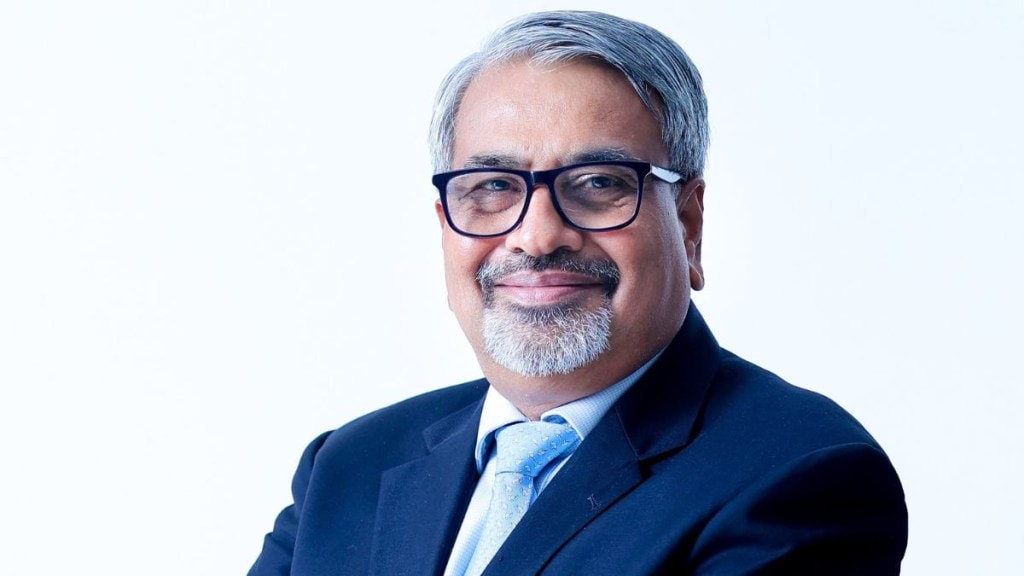South Indian Bank reported its highest-ever quarterly net profit of ₹351.36 crore in Q2FY26. MD & CEO PR Seshadri tells Narayanan V that the performance was driven by growth in MSME and retail segments, the bank’s preparedness for ECL framework, and its cautious approach to jewel loans. Excerpts:
What led to the record profit in Q2FY26?
It’s attributable to the quality of our portfolio. Our retail and MSME business volumes grew considerably. Retail disbursements rose 50% year-on-year to ₹6,513 crore, while MSME disbursements doubled to ₹1,945 crore. Credit costs were also very low. The performance was further aided by other income streams — higher retail disbursements led to increased processing fees, and there were some recoveries from written-off accounts. Our non-interest income grew 26% to ₹516 crore. All of this helped us achieve healthy revenue streams and profitability during the quarter.
But net interest income slipped 8% to ₹808 crore.
We have seen the bottoming out of net interest income (NII). Around 40% of our book is linked to the external benchmark. Whenever external benchmark rates drop, the interest earned on those loans also declines. We have fully passed on the RBI’s repo rate cuts, and the complete transmission took place during the last quarter.
Also, a large part of our corporate loans are of very short duration. During the last quarter, there was ample liquidity in the system, so shorter-duration rates dropped even more than the repo rate decrease. As a result, we were doubly impacted. As long as the RBI does not cut rates further, interest rates should remain stable from here, so the net interest margin (NIM) will recover and move upwards. We expect NIM to recover to over 3% by the end of this financial year from 2.8% now.
Gold loan AUM has gone up by over ₹2,200 crore year-on-year in Q2. Can this sustain?
Jewel loans are no longer about demand. It’s about risk management, which is a bigger issue we have to contend with. The speed at which gold prices have risen worries us about the sustainability of those prices. Our gold loan book has grown by 13%, so demand is not a concern. The concern is what loan-to-value (LTV) we offer and how we control the risk. In 2011–12, gold prices went up to $1,800 an ounce and then suddenly dropped to $1,200 an ounce. Our worry is that we shouldn’t get caught in a similar situation, especially since we do offer relatively high LTVs for some categories of loans. So, risk management has become a bigger challenge now.
The RBI has allowed banks to finance mergers and acquisitions (M&A). Are you open to it?
As a bank, it gives us another opportunity to help businesses grow. However, we are a mid-sized bank with a capital base of over ₹10,000 crore, so the ticket sizes we can operate in will be smaller. Larger banks will handle the bigger M&A transactions. Having said that, we suspect many of these will be syndicated transactions. So, it will enable us to actively play in that marketplace. It’s really a question of how these deals are structured and how the risks are managed. We have started engaging with investment banks to understand how they are looking at this and how they plan to structure such transactions. We don’t have a board-approved product yet, but we will take it forward and seek approvals once we have more clarity on how these will be put together and what kind of product construct we can consider for such transactions.
How is South Indian Bank preparing for the ECL framework?
Our provision coverage ratio (PCR) in the current regime is quite high. Including technical write-offs, our PCR is above 90%, and excluding them, it is over 80%. Our slippage ratio is also very low — it was only 0.21% in Q2. We are in the process of redoing our ECL framework to incorporate new data and assess the expected credit loss numbers across various portfolios. Having said that, the new RBI framework mainly affects standard asset provisions or “stage-2 assets,” which are those above 30 days past due but less than 90 days past due. For us, the total portfolio in that bucket is less than 1%. So, a 4% or 4.6% increase in provisions for that bucket is not a material number for us.

